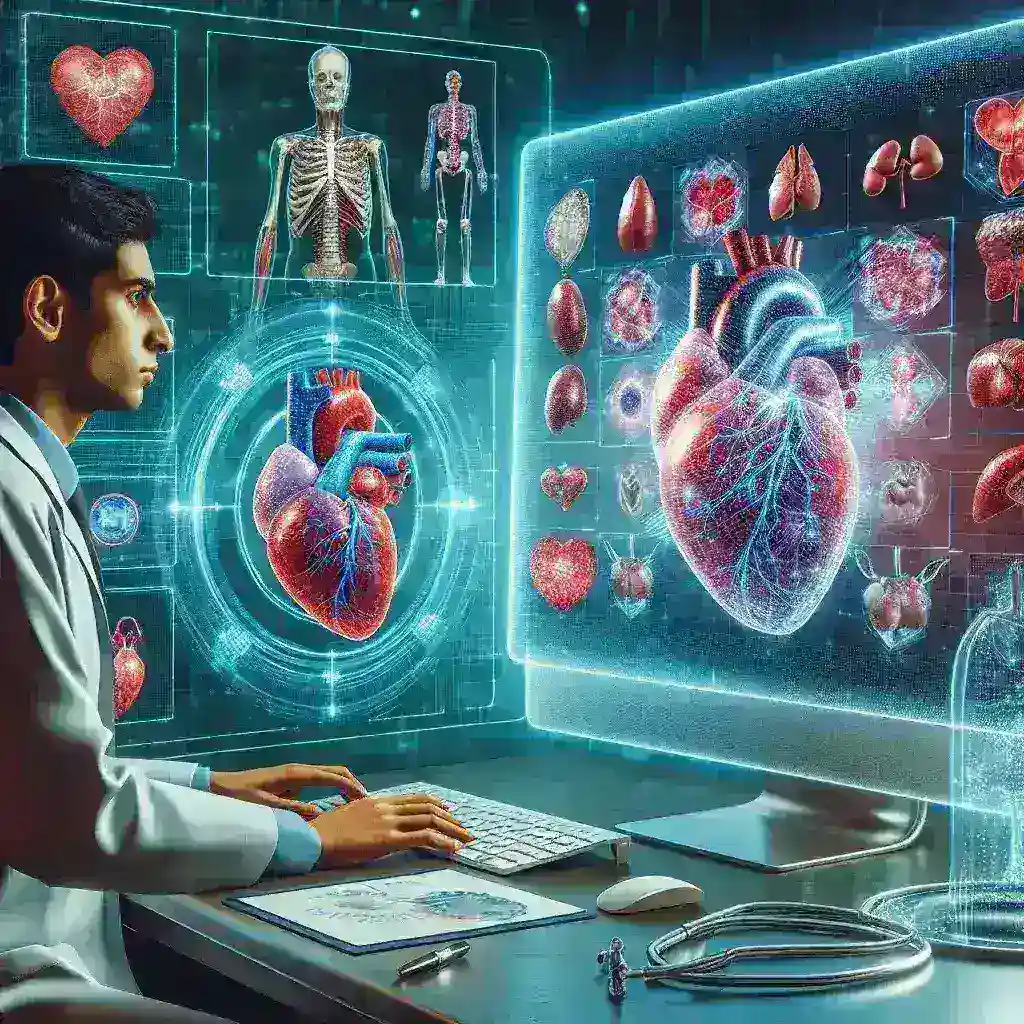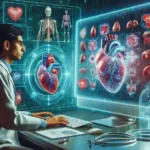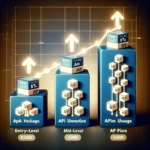Introduction
The healthcare industry is undergoing a revolutionary shift with the advent of artificial intelligence (AI) and digital twins technology. Among the most fascinating applications of these technologies is the concept of AI-driven virtual twins of human organs. This advancement is particularly significant in the realm of pharmaceutical testing, where it can streamline drug development processes, enhance safety, and reduce costs. This article delves into the intricacies of AI-driven virtual twins, their impact on pharmaceutical testing, and what the future holds for this groundbreaking technology.
What are AI-Driven Virtual Twins?
Virtual twins are digital replicas of physical entities, created using data from various sources such as medical imaging, genetic information, and real-time physiological data. AI-driven virtual twins of human organs simulate the functions, characteristics, and responses of actual organs. These models allow researchers and pharmaceutical companies to predict how a drug will interact with the human body before conducting trials on live subjects.
Historical Context
The concept of virtual twins isn’t entirely new. The idea of creating digital replicas dates back to the early 2000s, primarily in the fields of engineering and manufacturing. However, the integration of AI into this concept has opened new avenues for its application in healthcare. The urgency for more efficient drug testing methods emerged in the late 20th century, driven by the high failure rates of drugs in clinical trials and the rising costs associated with traditional testing methods. AI-driven virtual twins represent a significant leap towards overcoming these challenges.
The Role of AI in Virtual Twins
AI plays a crucial role in the development of virtual twins of human organs by analyzing vast amounts of data to predict organ behavior. Machine learning algorithms can identify patterns and correlations that are often invisible to human researchers. This capability not only enhances the accuracy of the virtual models but also enables personalized medicine approaches, where treatment can be tailored based on an individual’s unique organ characteristics.
Benefits of AI-Driven Virtual Twins in Pharmaceutical Testing
- Cost Efficiency: By simulating drug interactions virtually, pharmaceutical companies can save on the substantial costs associated with in-vivo testing.
- Time Savings: Virtual tests can significantly reduce the time required for drug development, expediting the process from discovery to market.
- Enhanced Safety: Utilizing virtual organs allows for the identification of potential adverse effects before clinical trials, improving overall patient safety.
- Personalization: AI-driven virtual twins can be customized to reflect individual patient characteristics, paving the way for personalized medicine.
- Reduction of Animal Testing: With accurate virtual models, the reliance on animal testing can be diminished, aligning with ethical standards and regulations.
Challenges and Limitations
While the promise of AI-driven virtual twins is substantial, several challenges remain. One significant hurdle is the accuracy of the models. Creating a reliable virtual representation of human organs requires a comprehensive understanding of human biology, which is still evolving. Additionally, the integration of diverse data sources can be complex, and discrepancies in data may lead to inaccuracies in predictions.
Ethical Considerations
As with any emerging technology, ethical considerations must be addressed. The use of AI in healthcare raises concerns about data privacy, consent, and potential biases in AI algorithms. Ensuring that the data used to train these models is representative of diverse populations is crucial for avoiding disparities in treatment outcomes.
Future Predictions
The future of AI-driven virtual twins in pharmaceutical testing looks promising. As technology continues to advance, we can expect even more sophisticated models that incorporate genetic, environmental, and lifestyle factors. The incorporation of real-time data from wearable health devices may also enhance the accuracy and relevance of virtual twins.
Real-World Applications
Several pharmaceutical companies and research institutions are already utilizing AI-driven virtual twins. For instance, a pioneering study demonstrated how virtual liver models could predict drug-induced liver injury, leading to improved drug safety profiles. Similarly, researchers have developed heart models that simulate various cardiovascular conditions, allowing for tailored drug testing and development.
Step-by-Step Guide to Utilizing AI-Driven Virtual Twins
1. Data Collection
Gather comprehensive biological data through imaging, genetic sequencing, and other diagnostic tools.
2. Model Development
Utilize AI algorithms to create virtual twins based on the collected data, ensuring accuracy and reliability.
3. Simulation Testing
Conduct virtual drug trials using the developed models to evaluate interactions and potential risks.
4. Analysis and Iteration
Analyze results and refine models as necessary, ensuring continuous improvement and accuracy.
5. Regulatory Submission
Prepare documentation and submit findings to regulatory bodies to gain approval for human trials.
Conclusion
AI-driven virtual twins of human organs represent a transformative development in pharmaceutical testing. As technology evolves, these virtual models will likely become an integral part of drug development processes, enhancing safety, efficiency, and personalization in medicine. The potential benefits are immense, and addressing the challenges will pave the way for a more effective and ethical approach to healthcare innovation.
Meta Title
AI-Driven Virtual Twins: Transforming Pharmaceutical Testing
Meta Description
Discover the impact of AI-driven virtual twins of human organs on pharmaceutical testing, exploring benefits, challenges, and future innovations in drug development.







